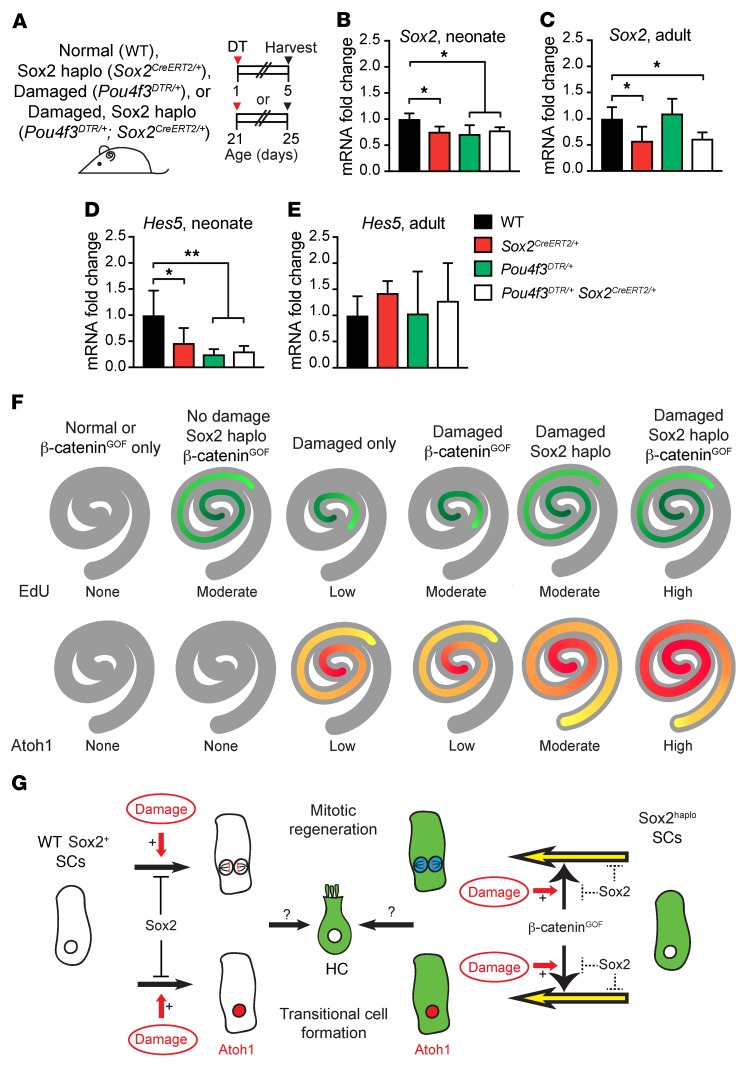Figure 8. qPCR of Notch and Wnt target genes in damaged and Sox2-haploinsufficient cochleae.
(A) Neonatal (P1) and mature (P21) WT, Sox2CreERT2/+, Pou4f3DTR/+, and Pou4f3DTR/+ Sox2CreERT2/+ mice were treated with DT, and cochleae were collected 4 days later. (B) A significant decrease was detected in Sox2 expression levels in the neonatal Sox2CreERT2/+, Pou4f3DTR/+, and Pou4f3DTR/+ Sox2CreERT2/+ cochleae relative to levels in WT controls. (C) Only the mature Sox2CreERT2/+ and Pou4f3DTR/+ Sox2CreERT2/+ cochleae had lower Sox2 levels than those detected in control cochleae. (D) A significant decrease in the levels of the Notch target gene Hes5 was detected in Sox2CreERT2/+, Pou4f3DTR/+, and Pou4f3DTR/+ Sox2CreERT2/+ cochleae relative to levels in WT cochleae on P5. (E) When measured on P25, no significant changes in the expression levels of Hes5 were seen relative to WT cochleae. Expression levels of Sox2 and Hes5 in the mature WT cochleae were lower than levels in P5 WT cochleae. (F) Schematics depicting the extent and patterns of proliferation and Atoh1+ transitional cells under various defined conditions. Darker colors represent more robust proliferation or the formation of transitional cells. (G) Proposed model of Sox2 and damage coordination in regulating mitotic regeneration, transitional cell formation, and Wnt responsiveness. *P < 0.05 and **P < 0.01, by 1-way ANOVA with Holm-Sidak multiple comparisons test. n = 4.

